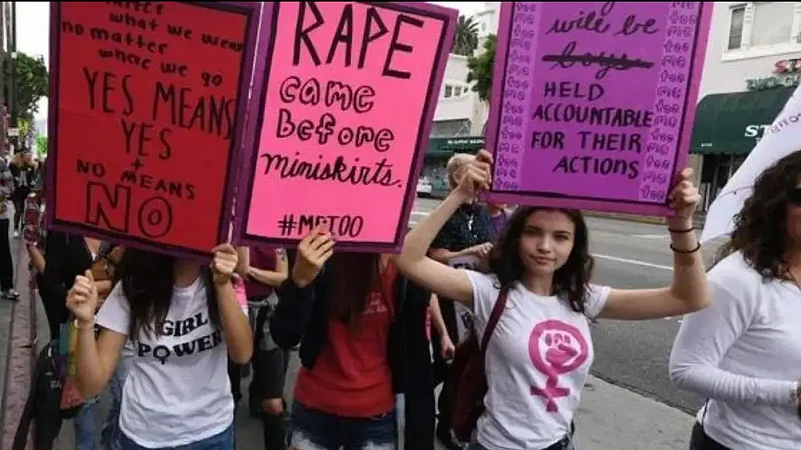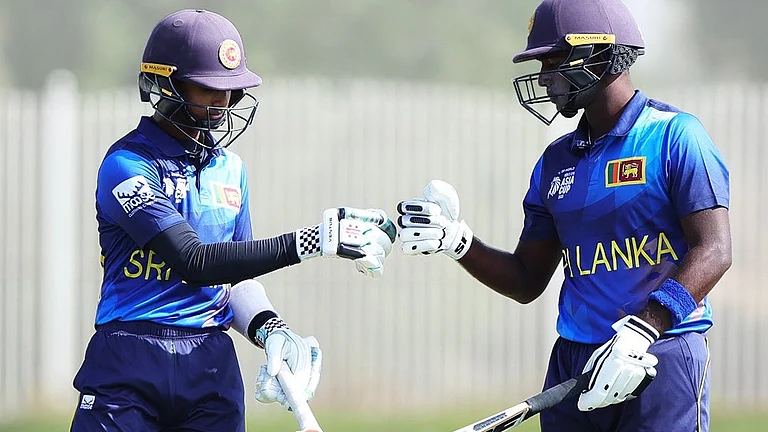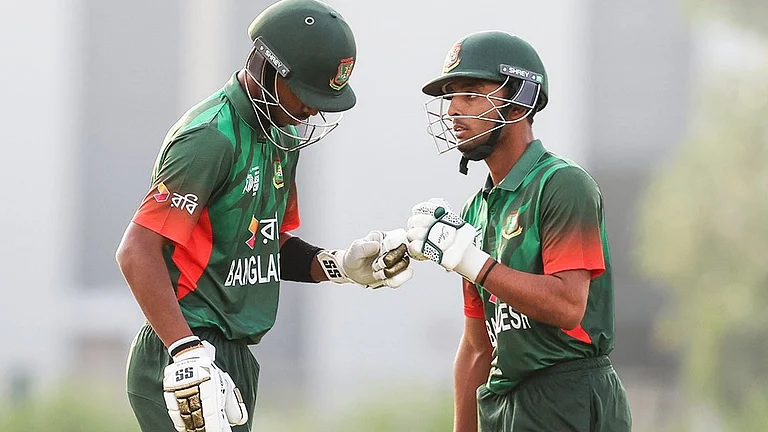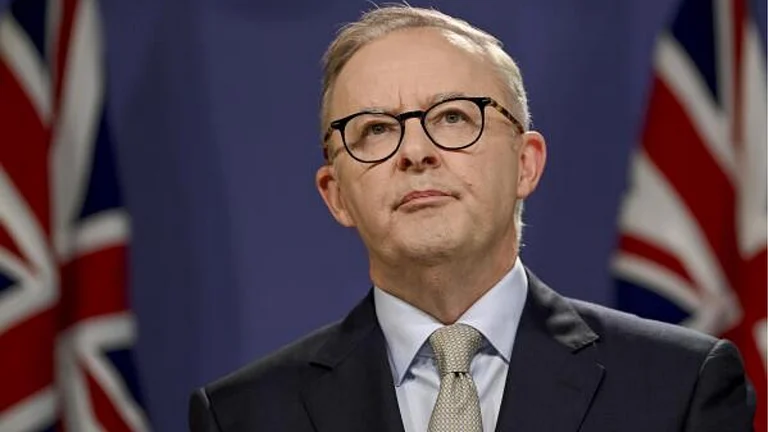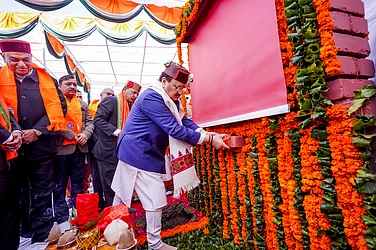Since the Covid-19 pandemic started, civil society, activists, and women's groups have raised several alarms about the spike in violence against women in India. The Union and state governments launched several initiatives amidst lockdowns to combat the violence faced by women, but those continue to be plagued by several structural issues. Moreover, cuts in social services, anti-violence infrastructure, and austerity measures by governments are enabling violence against women, transgender and non-binary people.
Over the years, the governments' policy responses —or lack of it— towards violence against women have been leaving women helpless in most dangerous situations. As the world commemorates the '16 Days of Activism against Gender-Based Violence, it is essential to speak about how austerity policies are enabling violence against women and other marginalised groups.
Despite a visible spike in violence against women, the governments in India and the world are cutting budgets for essential services supporting transgender and non-binary people in the name of fiscal consolidation or austerity. An analysis by Oxfam showed that in addition to existing austerity measures, more than 54 per cent of the countries are planning to further cut their social protection budget in 2023, potentially reducing access to social security, health, education, childcare and maternity benefits to women, transgender and non-binary people.
Many governments have taken such measures as an active policy choice. Still, these policy choices often come as advice from international financial institutions (IFIs) like International Monetary Fund (IMF) or World Bank (WB). Oxfam analysis has found that 85 per cent of 107 loans negotiated between the IMF and 85 national governments to respond to the Covid-19 crisis indicate plans to undertake fiscal consolidation —austerity— during the recovery period according to the Oxfam report titled The Assault of Austerity. This means cutting budgets for public services and social protection for the poor and marginalised of the world.
India is not immune to this trend. The latest National Family Health Survey (NFHS) -5 shows that around one-third of women have faced physical or sexual violence in India, showing negligible improvement from the previous rounds of NFHS. The analysis of NFHS-4 showed that only 14 per cent of women who have experienced physical or sexual violence reported seeking help in 2015-16, a sharp decline from 24 per cent around a decade ago.
Apart from interpersonal gender-based violence, women in India face violence due to economic, cultural, and social factors. Women increasingly find it difficult to get jobs and get pushed out of the labour force due to stringent discrimination. It is resulting in one of the world's lowest Female Labour Participation Rates (LFPR). Even among women, those from marginalised communities —Dalits, Adivasis Muslims— get affected disproportionately. The lived realities of transwomen do not even reflect in the government datasets, making this large section invisible in several schemes, reports, policies, and studies.
The government's budgetary response does not reflect the crisis faced by Indian women. The lack of budget might have further aggravated the challenges faced by women. The schemes required to prevent violence against women alone need a minimum of Rs 10-11,000 crores annually, more than four times the current budgetary allocations by the Union government. The overall gender budget of India —a compilation of women-centric schemes allocation— has slightly declined in the second year of the pandemic.
While the actual percentages have increased by 11 per cent compared to the previous year, the overall share of the gender budget as a part of the Union budget has declined to a mere 4.3 per cent. Despite Covid-19 triggering a spike in gender-based violence, the budgetary provision for women's safety schemes declined from Rs 587 crore in the previous year to Rs 562 crore this year. Apart from this, vital allied essential service like Childline meant to prevent child labour, sexual abuse, violence, child trafficking, addiction, runaways, child health, child marriage and homelessness, face a threat of shutdown due to budget cuts. Since last year, India's frontline healthcare and childcare workers have also been protesting the stagnation of wages and non-payment of the same, only to be met with severe backlash from authorities.
The reduction in budgetary allocation is not just a matter of the government grappling with reduced revenue; it is also an example of how structural inequality operates in India. While the government slashed the budgets meant for women's welfare, it provided subsidies, incentives and tax holidays worth lakhs of crores to businesses and start-ups through the Union budget and Covid-19 recovery packages.
The austerity policies that cut social spending create a deadly combination of neo-liberalisation and patriarchy to exploit most poor and marginalised women. As Finance Minister Nirmala Sitharaman starts consultations for the next Union Budget, it is critical to ensure that it prioritises the needs of women, girls, and trans- and non-binary persons. The upcoming Budget should be guided by the principles of feminist economics, universal social protection, and public services, not by institutions unelected and unaccountable to the people of India — the likes of the IMF and World Bank.
Without abandoning violent gendered austerity measures, eliminating violence against women, trans- and non-binary persons would remain a distant dream.
(Akshay Tarfe is a Media Specialist at Oxfam India. Views in the article are personal to the author.)






